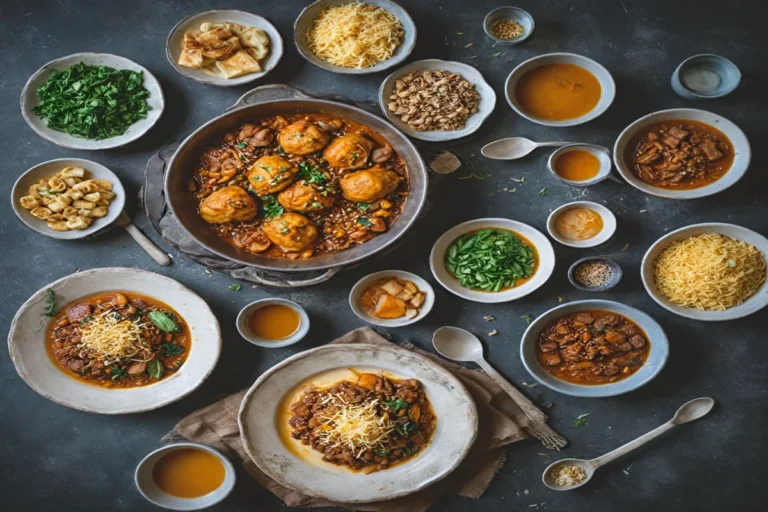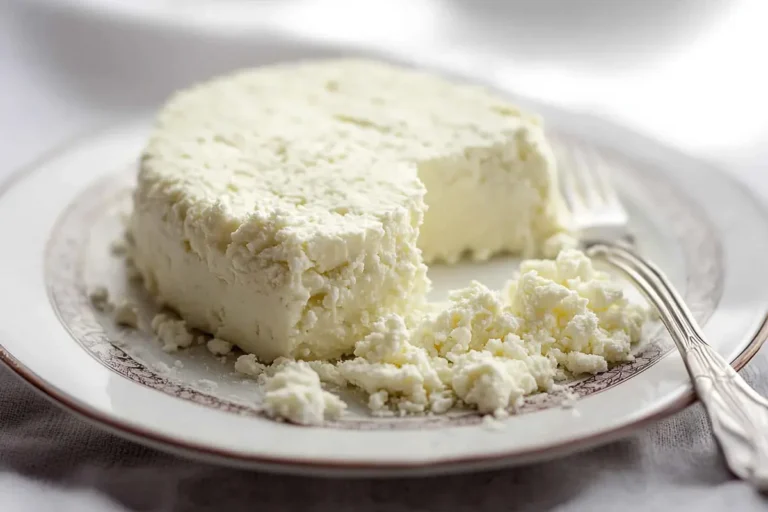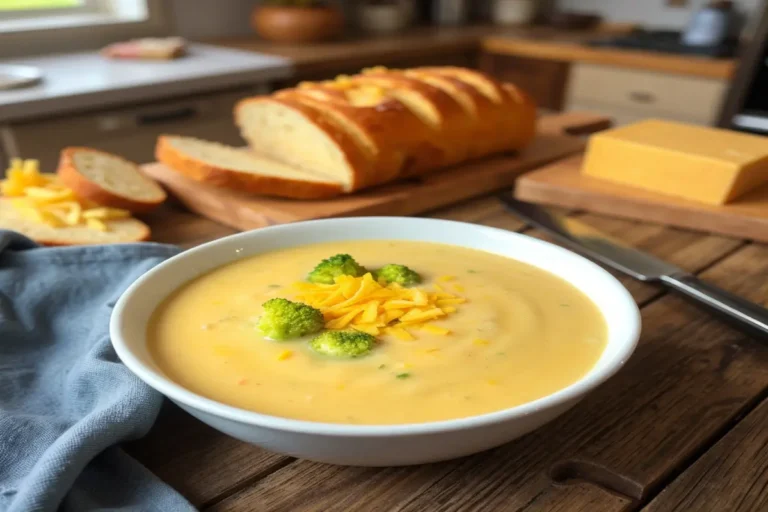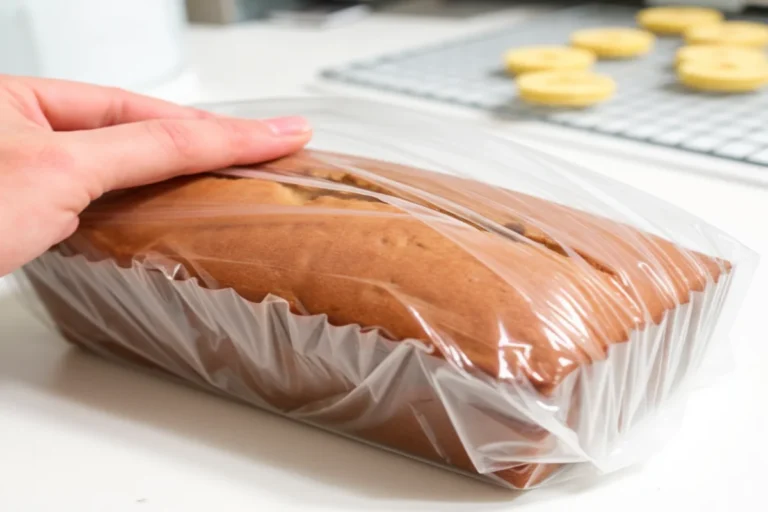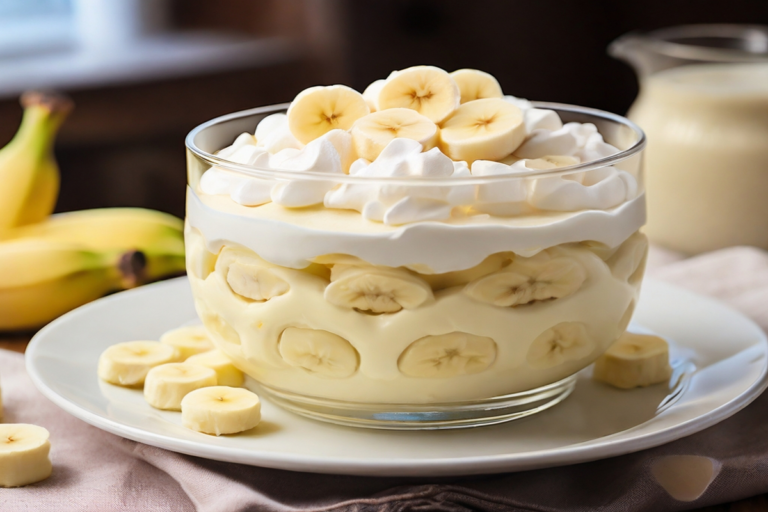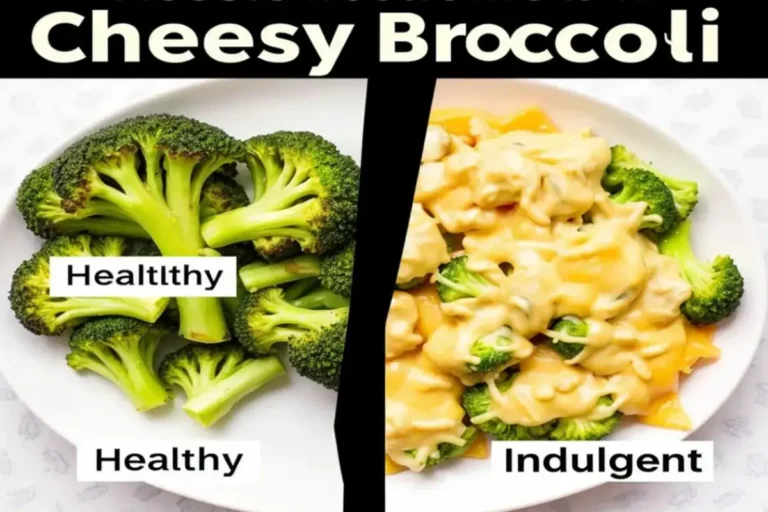Why Add ground beef to a hot pan Ensures Perfect Browning
Cooking ground beef may seem like a simple task, but if you aim for perfectly browned meat with the ideal texture, you need to understand the science behind heat, fat content, and cooking techniques. A hot pan plays a pivotal role in ensuring that your ground beef browns correctly rather than steaming or becoming mushy. This article dives deep into the nuances of cooking ground beef and offers step-by-step guidance on how to achieve perfectly browned, flavorful meat.
The Importance of Preheating the Pan
When preparing to cook ground beef, one of the most essential steps is preheating your pan. But why does this matter? When you add cold meat to a cold pan, the meat begins to release moisture. Instead of browning and developing a rich, caramelized flavor, the beef will steam, leading to a soggy texture.
- Preheating the pan ensures that the beef browns quickly, leading to that crispy, golden exterior.
- A properly heated pan helps create the Maillard reaction, which is responsible for the rich, savory flavors of browned meat.
- Cold meat in a hot pan also leads to uneven cooking. That’s why it’s important to bring the meat to room temperature for 10–15 minutes before cooking.
By mastering this initial step, you’re well on your way to achieving that coveted browned texture. To learn more about how long it takes to brown ground beef in different scenarios, check out this comprehensive guide.
Adding Ground Beef to the Pan: Why the Right Temperature Matters
Browning ground beef is not just about tossing it into any hot pan; the temperature matters. If the pan is too cold, the beef releases moisture faster than it can evaporate, leading to steamed beef rather than browned. Overcrowding the pan can lead to similar issues.
- Always cook ground beef in batches if you have a large amount.
- Avoid stirring too soon—let the beef develop a seared crust before breaking it up with a spatula.
- Fat content plays a role as well. Leaner ground beef tends to dry out faster, while fattier beef needs more time to render its fat.
For more tips on managing moisture and cooking different types of ground beef, check out this article on cooking ground beef in a skillet.
Choosing the Right Pan for Ground Beef
The type of pan you use can significantly affect how your ground beef cooks. Here are some factors to consider:
- Cast iron pans retain heat well, making them ideal for browning ground beef evenly.
- Non-stick pans are a good option for those who want to reduce fat use, though they don’t get as hot as cast iron.
- Stainless steel pans can also be effective but require oil or fat to prevent sticking.
Using a pan with a heavy bottom helps maintain a consistent temperature, which is crucial for achieving even browning.
The Impact of Fat Content on Cooking Ground Beef
Different fat contents in ground beef require different approaches when cooking.
- 80/20 beef (80% lean, 20% fat) is a popular choice for browning because it retains moisture while creating a good crust.
- 90/10 beef (90% lean, 10% fat) or leaner varieties require the addition of oil or fat to avoid sticking and drying out.
The fat renders down during cooking, creating both flavor and a crispy texture. However, after browning, you’ll want to drain any excess fat to avoid greasiness in your final dish.
If you’re interested in exploring more beef options, here’s a great resource on ground beef recipes.
Common Mistakes When Cooking Ground Beef
It’s easy to make mistakes when cooking ground beef. Here are some common errors and how to avoid them:
- Overcrowding the pan: This leads to steaming rather than browning.
- Stirring too early: Let the beef sit untouched for a few minutes to allow it to form a crust.
- Not draining excess fat: Leaving too much fat can lead to a greasy final dish, especially when adding other ingredients like sauces or vegetables.
- Using the wrong pan: Non-stick pans don’t develop the same sear as cast iron or stainless steel.
Mastering these techniques will not only improve the texture of your ground beef but also enhance the overall flavor of your dishes.
FAQs
1. Should You Use Oil When Cooking Ground Beef?
Using oil depends on the fat content of your ground beef. If you’re using a leaner beef, such as 90/10 or 85/15, you may need to add oil to prevent the meat from sticking to the pan. For fattier ground beef, the fat rendered during cooking is usually sufficient.
2. Can You Cook Frozen Ground Beef in a Hot Pan?
Yes, but it’s best to thaw the beef beforehand for more even cooking. If you’re in a rush, you can cook it frozen, but expect more liquid in the pan, and it may take longer to brown.
3. How Long Should You Cook Ground Beef in a Hot Pan?
Cooking time can vary depending on the amount of beef and the temperature of the pan. In general, ground beef should take about 7–10 minutes to cook through in a hot pan. Ensure it’s browned on the outside and no longer pink inside.
The Final Verdict: Always Add Ground Beef to a Hot Pan
In conclusion, always ensure your pan is hot before adding ground beef. This simple step will transform your cooking, leading to flavorful, browned, and perfectly cooked beef. Whether you’re making tacos, spaghetti, or simply browning meat for a casserole, this technique will give you the best results every time.
To expand your culinary skills, try experimenting with different types of beef and pans. And if you’re still unsure about any aspect of cooking ground beef, check out the comprehensive ground beef recipes for more inspiration.

